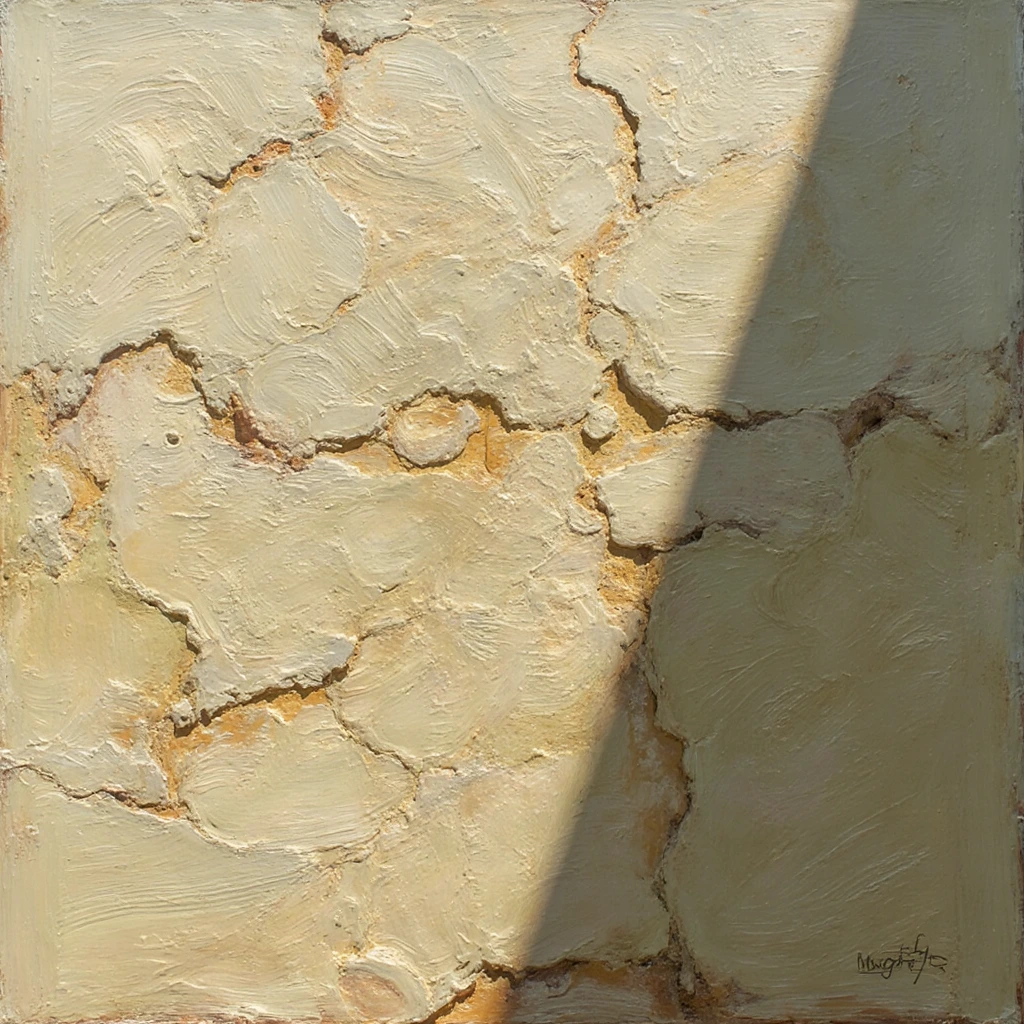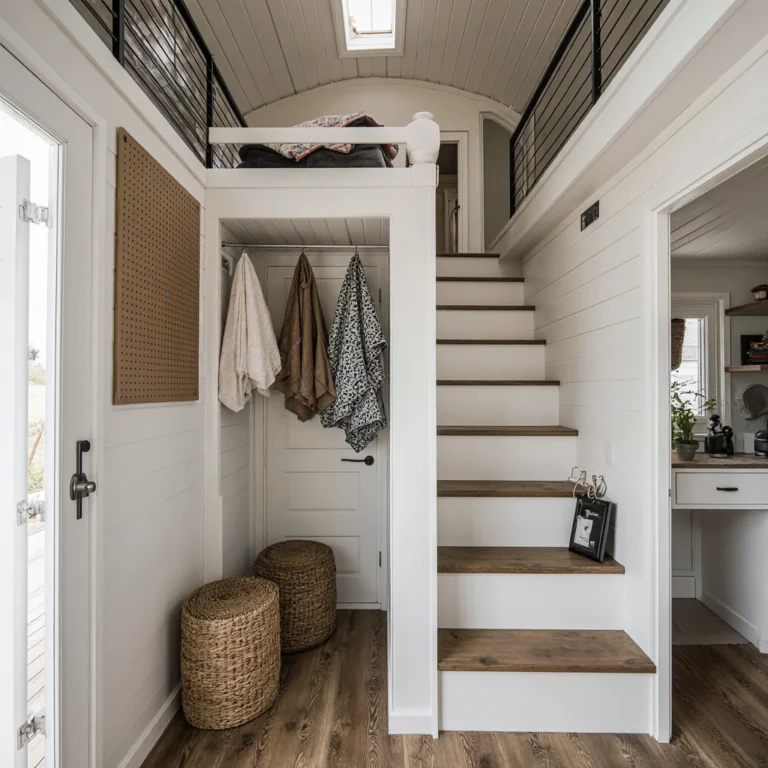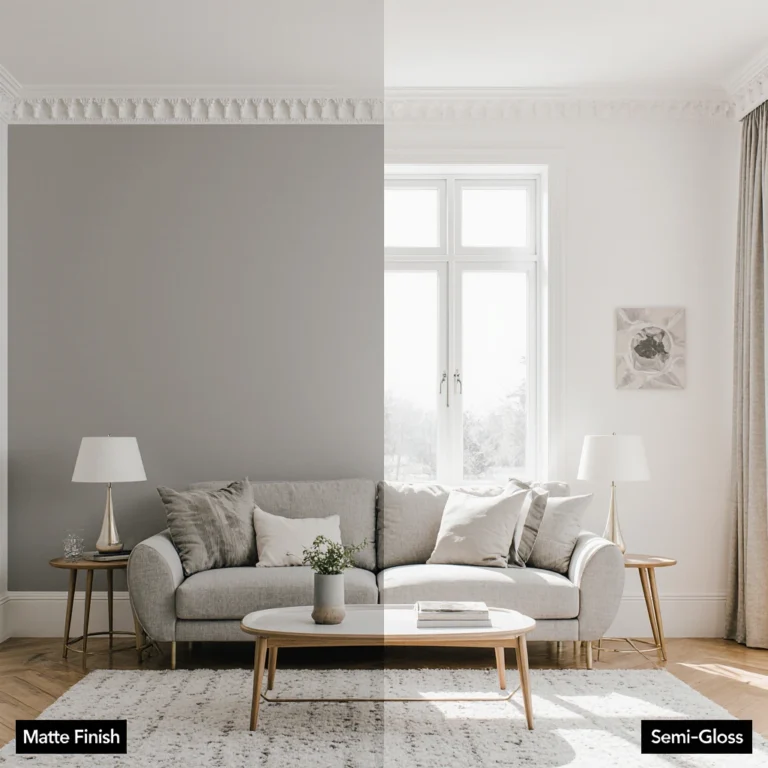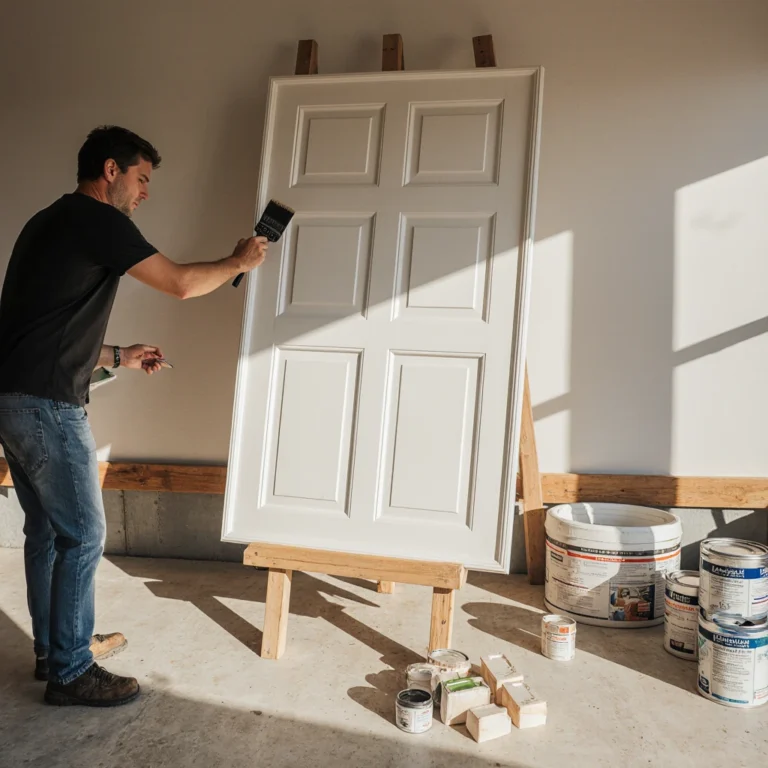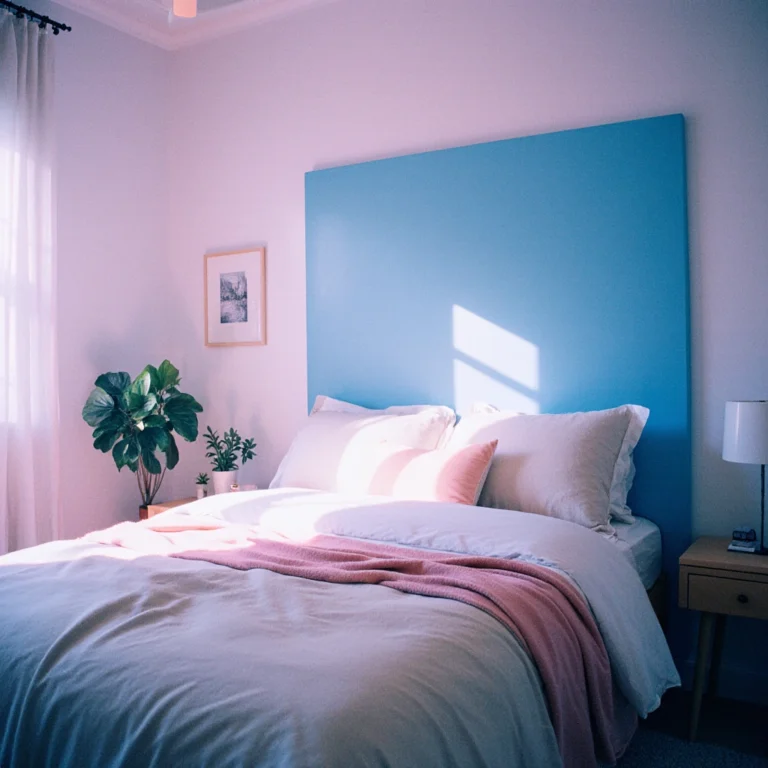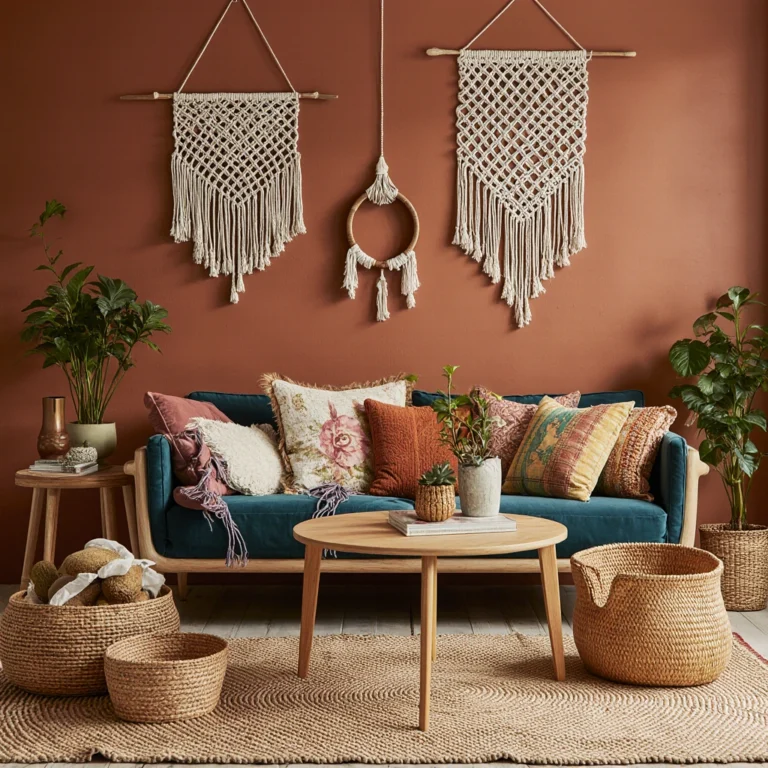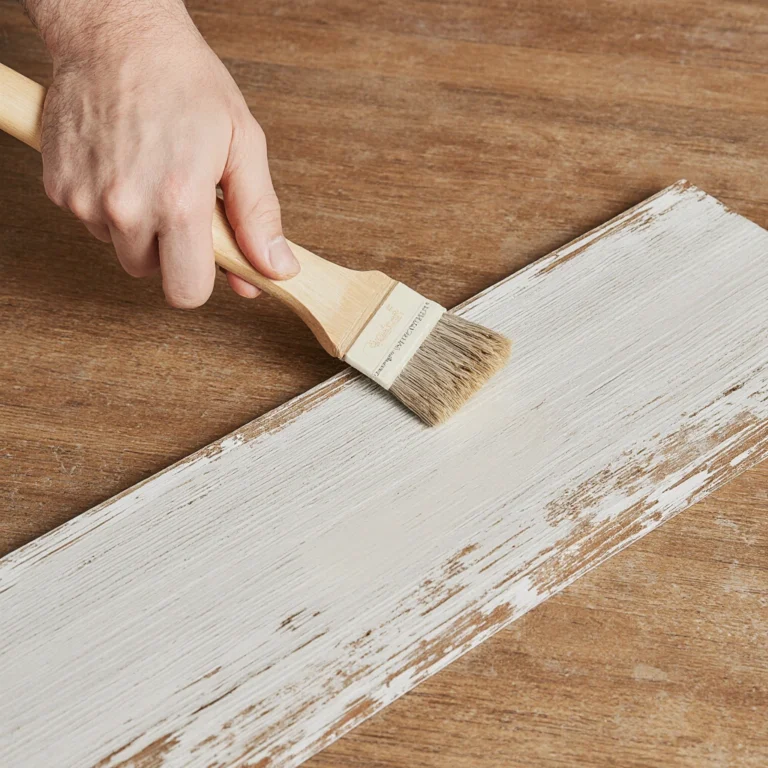The Ultimate Guide to Painting with Wall – Transform Your Space Like a Pro
Table of Contents
Painting with walls is one of the most effective ways to transform your living space without breaking the bank. Whether you’re renovating a single room or undertaking a complete home renovation, understanding the art and science of painting walls can mean the difference between a professional finish and a DIY disaster. This comprehensive guide will guide you through everything from choosing the perfect paint finish to mastering professional techniques, ensuring your next painting project delivers stunning results that will last for years.
From choosing the right color psychology for each room to understanding the latest paint trends in the US and Europe, we’ll cover all the essential information you need to paint like a seasoned pro. Get ready to discover cost-effective strategies, avoid common mistakes, and learn maintenance tips that will keep your freshly painted walls looking fresh and vibrant.
Types of Paint Finishes
Understanding paint finishes is crucial when painting walls, as each type serves different functional and aesthetic purposes. The sheen level of wall paint significantly affects its appearance and durability.
Matte paint provides a sleek, non-reflective finish that beautifully conceals imperfections. This paint is ideal for low-traffic areas such as bedrooms and formal dining rooms. However, matte paint can be difficult to clean and shows signs of wear more easily than other paint finishes.
Eggshell paint provides a soft, subtle sheen that lasts longer than matte paint while maintaining an elegant appearance. This versatile option is ideal for living rooms, hallways, and family rooms where you need a balance between beauty and functionality. Eggshell paint resists stains better than matte paint, but it is not as washable as high-gloss options.
Satin paint provides a soft, pearlescent finish with excellent durability and washability. This paint is ideal for high-traffic areas, children’s rooms, and kitchens where walls need frequent cleaning. Satin paint can highlight wall imperfections more than low-gloss options, so proper wall preparation is essential. Semi-gloss and glossy finishes have the highest levels of durability and washability, making them ideal for interior finishes, doors, and moisture-prone areas like bathrooms and kitchens. These finishes reflect light beautifully but show off all imperfections, requiring careful surface preparation.
Best Paint Colors for Every Room
Color selection plays a pivotal role when painting walls, as each room performs different functions and requires special considerations for the overall atmosphere.
Color strategies for bedrooms should focus on creating a calm and relaxing environment. Calm blues, soothing greens, and warm neutrals like beige or soft gray promote relaxation and quality sleep. According to color psychology research, cool tones can lower heart rate and blood pressure, making them ideal for restful spaces. Avoid bright red or orange colors in bedrooms, as these stimulating colors can affect sleep patterns.
Kitchen color considerations should stimulate appetite and create an inviting cooking environment. Warm white, soft yellow, and sage green are popular choices that give kitchens a fresh, clean feel. These colors also pair well with various cabinet and countertop finishes. Pay attention to the amount of natural light entering your kitchen, as this will affect the appearance of the colors throughout the day.
Choosing bathroom colors requires moisture-resistant paints in colors that convey a clean and warm feeling. Light blues, sea greens, and crisp whites create a fresh and healthy atmosphere. Semi-gloss or satin finishes are best suited for bathrooms because they are moisture-resistant and easy to clean.
Living room colors should reflect your personal style while creating a welcoming atmosphere for guests. Neutral shades like warm gray, soft taupe, and creamy white provide versatile backdrops that complement changing decor. For those looking to add a distinctive personal touch, it’s recommended to choose accent walls in dark colors such as navy blue or forest green.
Paint Color Combinations and Patterns
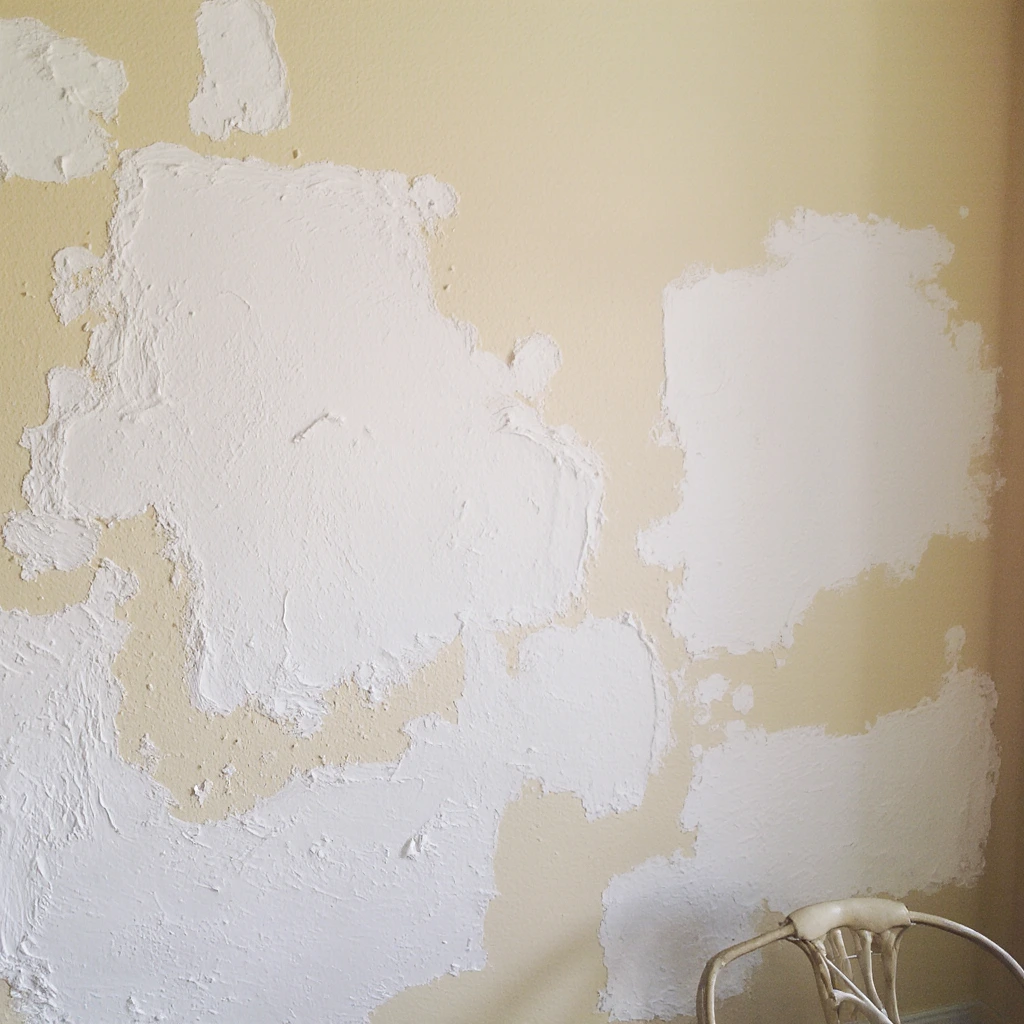
Creating harmonious color schemes when painting walls requires understanding how different colors work together to create distinct moods and atmospheres.
Neutral colors remain the most popular choice in both the American and European markets, with warm grays, greiges (gray-beige), and soft whites dominating home decor trends. These timeless combinations offer flexibility in changing furniture and artwork while maintaining sophistication. Popular neutral combinations include pairing warm white walls with dark gray accents, or using different shades of the same neutral palette across connected spaces.
Bold color combinations are gaining popularity among homeowners looking to make a statement. Deep emerald green mixed with rich gold accents exudes luxury and sophistication. Dark blue walls paired with crisp white accents create a classic, nautical-inspired look that suits both traditional and contemporary homes.
Pastel colors have seen a resurgence, particularly in bedrooms and children’s rooms. Soft pinks, lavenders, and mint greens create a calm, dreamy atmosphere. These colors pair beautifully with white or cream accents and natural wood.
Seasonal color inspiration guides your paint choices throughout the year. Spring calls for fresh greens and soft yellows, summer brings bright whites and ocean blues, fall welcomes warm oranges and deep reds, while winter embraces deep burgundy and forest greens.
DIY Painting Tips
Successful wall painting requires good preparation, high-quality tools, and proven techniques used daily by professional painters.
Basic tools and materials include high-quality brushes (slanted brushes for finishes and flat brushes for walls), paint rollers of the appropriate length for your wall texture, masking tape, drop cloths, primer, and your paint of choice. Investing in high-quality tools will significantly improve your results and make the process more enjoyable.
Preparation steps are essential for professional results. Clean the walls thoroughly with a mild cleaner, fill holes and cracks with putty, sand them smooth after they dry, and apply a primer to ensure proper paint adhesion. Remove socket covers and light switch plates, and protect floors and furniture with drop cloths.
Professional painting techniques include trimming edges with a brush before using a roller, maintaining a wet edge to avoid overlapping marks, and applying paint in thin, even coats rather than trying to cover everything in one thick coat. Use a “W” pattern when painting walls to ensure even coverage.
Common mistakes to avoid include skipping the primer, using cheap brushes that leave streaks, not allowing enough drying time between coats, and removing painter’s tape too early or too late. Take your time with preparation and application for best results.
Cost and Budget Tips
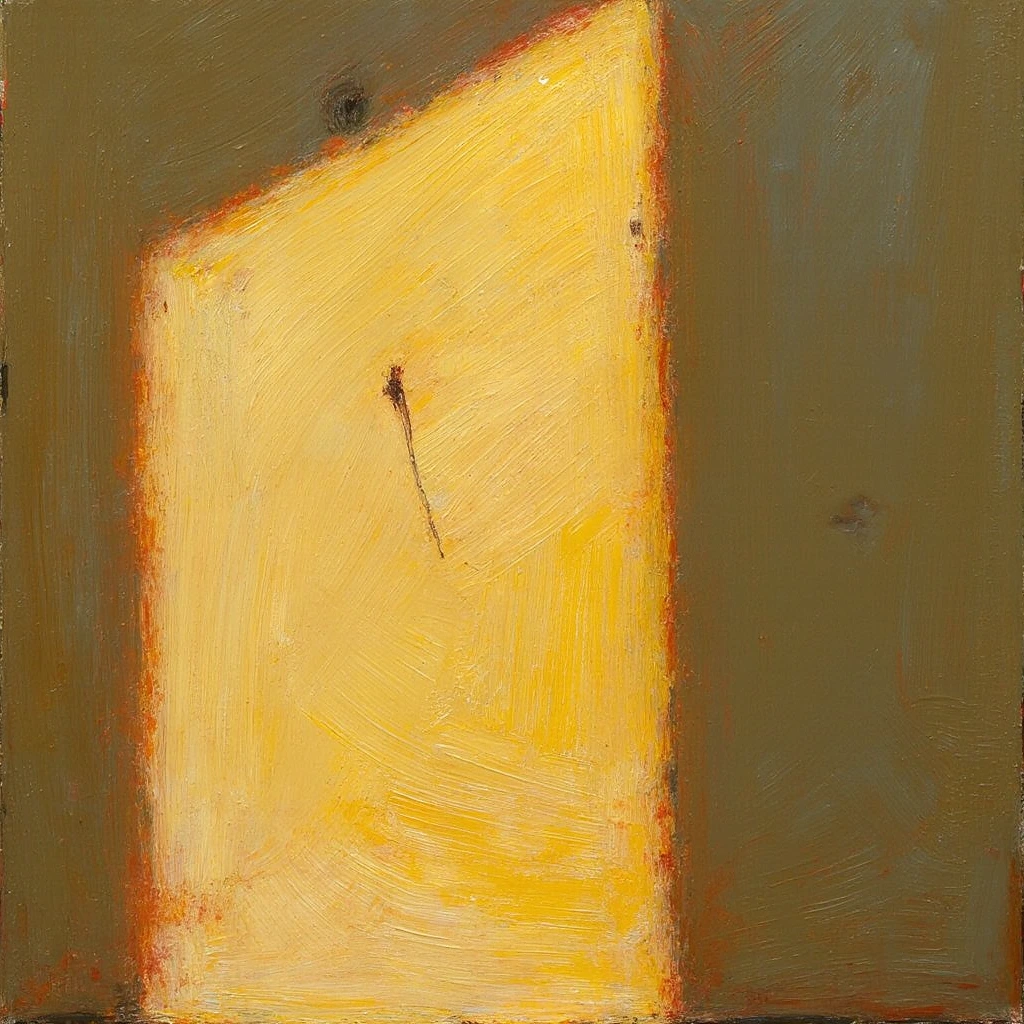
Understanding the financial aspects of painting wall surfaces helps homeowners budget effectively and make informed decisions about their projects.
Cost estimates vary per room based on size, paint quality, and labor costs. A standard 12×12 bedroom typically requires 2 to 3 gallons of paint, costing $60 to $150 for a high-quality paint, plus $30-$50 for supplies. Living rooms and kitchens generally cost more due to their larger spaces and additional finishing work.
Money-saving strategies include purchasing paint during sales, purchasing larger quantities to get a better price per gallon, and choosing colors from the manufacturer’s standard palette rather than custom-mixed colors. Consider painting multiple rooms the same color to reduce waste and cost.
Eco-friendly and cost-effective options include low-VOC paints that improve indoor air quality and are often competitively priced. Some manufacturers offer paint recycling programs where you can purchase recycled paint at significant discounts.
Labor vs. DIY considerations indicate that professional painters typically charge between $2 and $6 per square foot, while DIY projects primarily cost materials. Consider your time, skill level, and the complexity of the project when deciding to hire professionals.
Paint Trends and Inspiration
Current trends in wall paint reflect broad lifestyle changes and emerging design preferences in global markets.
Color Trends for 2025 focus on warm, earthy colors that create cozy, calming environments. Clay tones, warm sage, and rich chocolate browns are gaining popularity as people seek comfort and a connection with nature in their homes. Digital lime green and cyber lime green represent bold, tech-inspired colors that appeal to younger homeowners.
European influences continue to shape American design preferences, with Scandinavian-inspired whites and minimalist color palettes remaining popular. The European trend toward dark and bright colors in living spaces is also gaining momentum in the United States.
Biodynamic Design Integration encourages the use of colors that connect us to nature. Moss greens, stone grays, and sky blues create calming environments that reduce stress and improve mental health. This trend aligns with the growing focus on mental health and home well-being.
Technology integration in paint selection includes apps that help visualize colors in your space, and smart paint options that can change temperature or even color based on environmental conditions.
Common House Painting Mistakes
Avoiding common mistakes when painting walls saves you time, money, and frustration, while ensuring professional results.
Surface preparation mistakes are the most common cause of paint failure. Skipping a primer, not cleaning walls thoroughly, or not sanding glossy surfaces can lead to poor adhesion and premature peeling. Always invest time in proper preparation for long-lasting results.
Color selection mistakes include not testing colors in different lighting conditions, choosing colors based on small swatches, and not considering how colors will look with existing furniture. Always test paint colors on large swatches and monitor them throughout the day.
Application technique issues include overusing brushes or rollers, not keeping edges wet, and applying too thick coats, which can lead to uneven coverage and a poor finish. Practice the correct technique and work regularly for best results.
Timing and environmental factors, such as painting in direct sunlight, high temperatures, or high humidity, can affect the paint drying process. Choose appropriate weather conditions and times of day for best results.
How to Maintain Painted Walls
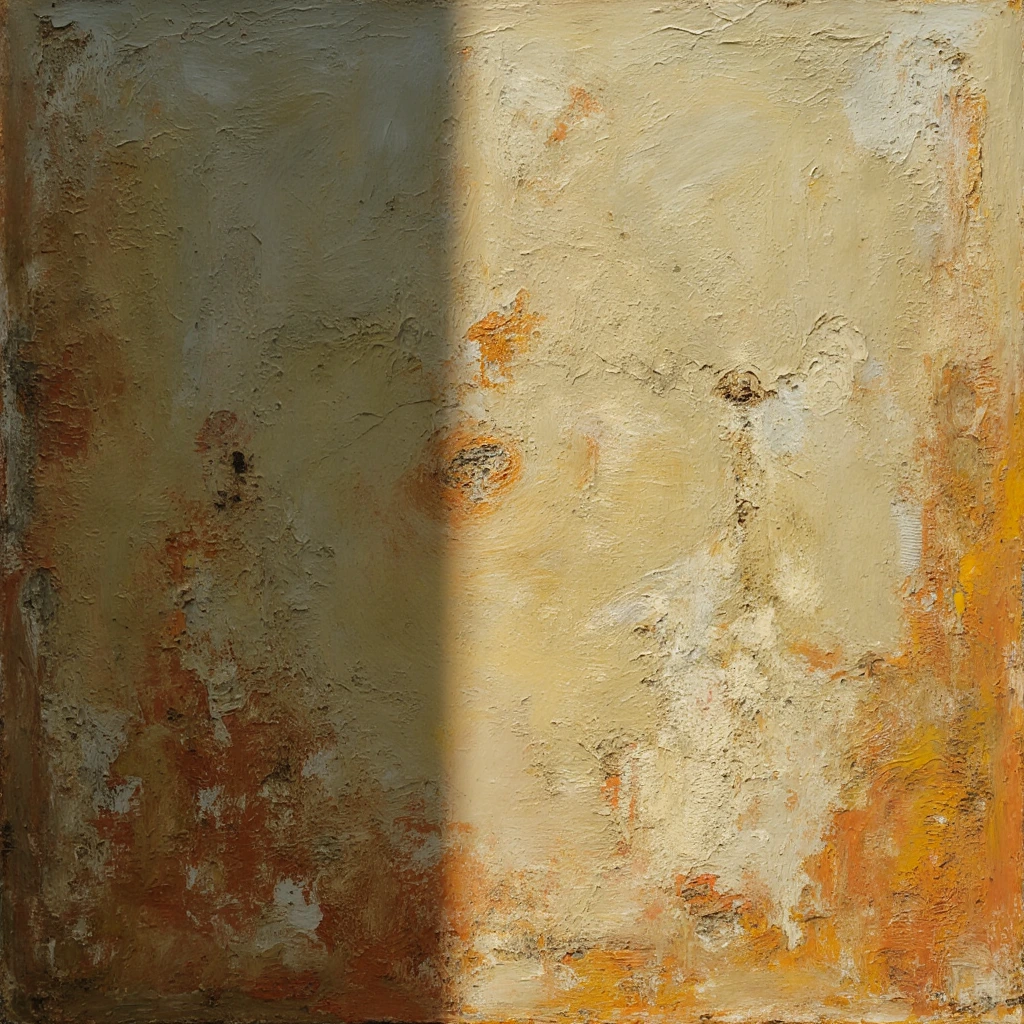
Regular maintenance prolongs the life and appearance of your painted walls, protects your investment, and keeps your home fresh.
Regular cleaning protocols include cleaning walls monthly with a microfiber cloth and washing with a mild soap solution as needed. Different paint types require different cleaning methods, with high-gloss paints being more resistant to cleaning than matte paints.
Touch-up strategies include storing leftover paint for future use, documenting paint colors and brands for easy reordering, and quickly addressing cracks, scratches, and stains before they become more severe.
Paint prevention requires understanding how UV rays affect paint colors and using window shades to reduce painted surfaces’ exposure to sunlight. Some paints have better resistance to fading than others, which is especially important for south-facing rooms.
Professional maintenance services can assist you with deep cleaning, touch-ups, and assessing the need for a complete repaint. Most painted walls need to be refinished every 5-7 years in high-traffic areas.
The Bottom Line
Mastering your wall painting not only transforms the look of your home, but also enhances its atmosphere and value. From choosing the perfect paint finishes and colors to understanding the latest trends and maintenance requirements, every aspect contributes to professional results that will enhance your living space for years to come.
The key to successful wall painting lies in careful preparation, quality materials, the right technique, and consistent maintenance. Whether you’re creating a calming retreat in your bedroom with soft blues, enlivening your kitchen with warm yellows, or making a bold statement with statement walls, the principles outlined in this guide will help you achieve your vision.
Remember, painting is both an art and a science, requiring patience, attention to detail, and a willingness to learn from each project. With the right practice and knowledge, you can transform any space into a beautiful, personalized environment that reflects your style and enhances your daily life.
Try these paint ideas in your next home renovation and let us know how it turned out in the comments. Sign up for more home decor guides and expert advice to help you create your dream home!
Best Amazon Picks :
FAQs
What is the best paint for bathrooms?
Semi-gloss or satin-finish paints are best for bathrooms because they are moisture-resistant and easy to clean. Look for paints specifically labeled as mold-resistant or bathroom paints. Avoid matte paints in high-humidity areas, as they can harbor mold and are difficult to clean.
How long should paint dry before applying another coat?
Most paints require two to four hours of drying time before applying a second coat, but this varies depending on the paint type, humidity, and temperature. Refer to the manufacturer’s recommendations on the paint container. In high humidity or cold temperatures, allow extra drying time to ensure good adhesion.
How do I choose a color that complements my furniture?
Start by identifying your existing furniture color tones and choose paint colors with complementary hues. Follow the 60-30-10 rule: 60% dominant color (for walls), 30% secondary color (for furniture), and 10% accent color (for accessories). Test paint samples on your furniture in different lighting conditions.

